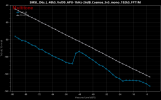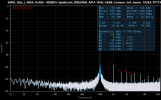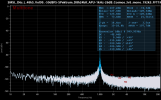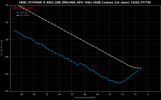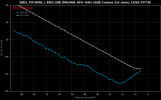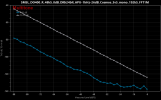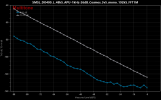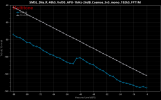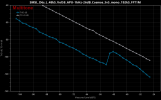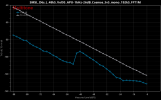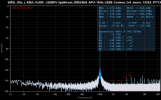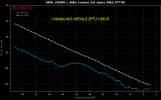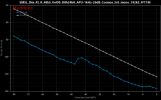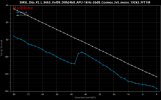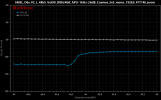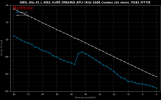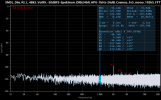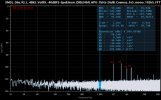nanook
Senior Member
Meridian certainly has made the most out of this chip. But of course the PCM5102 is not comparable to the ES9039q2m and the D-6s is a well executed design.
Yes, there are pops from time to time between different songs, but they are not loud at all in my system.
WiiM Pro - > Coax input of D-6s ; XLR to active speakers, D-6s volume 93 (3dB att., this allows to drive the speakers to full volume) ; volume control via WiiM. So most of the attenuation is done ahead of the D-6s.
Yes, there are pops from time to time between different songs, but they are not loud at all in my system.
WiiM Pro - > Coax input of D-6s ; XLR to active speakers, D-6s volume 93 (3dB att., this allows to drive the speakers to full volume) ; volume control via WiiM. So most of the attenuation is done ahead of the D-6s.
